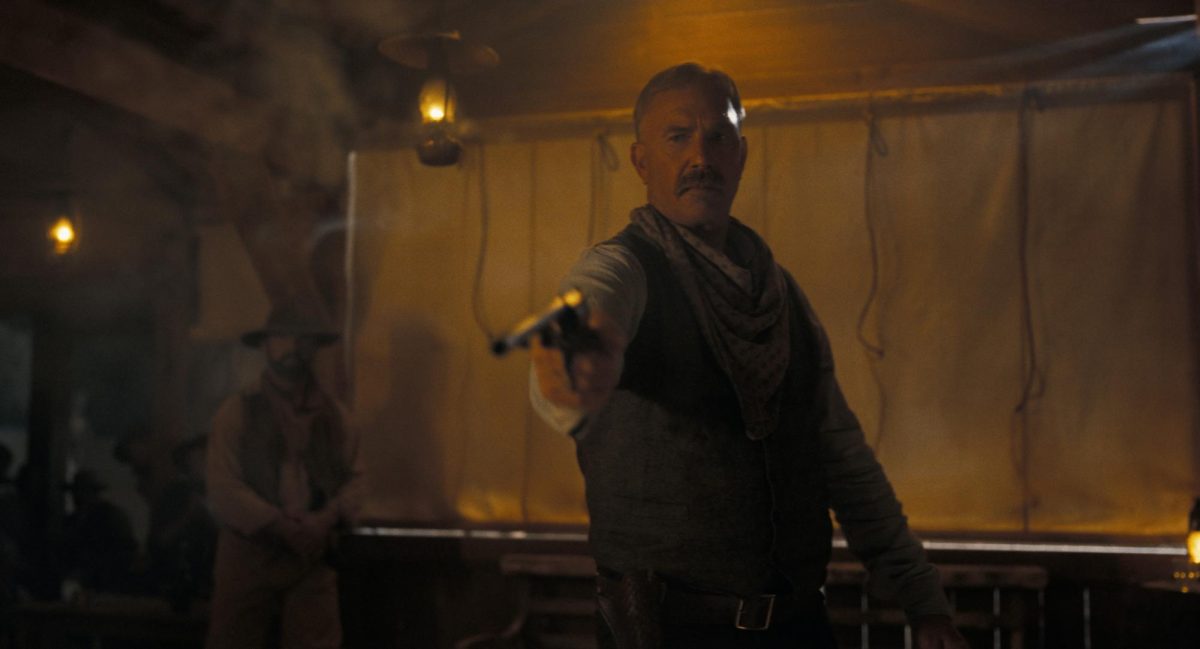A poet, a mathematician and a composer walk into a library, engage in a heated debate concerning the relative merits of their chosen fields and in the process find they have more in common than any of them could have ever imagined.
That, anyway, is the goal of the Utah Symposium in Science and Literature, a university-run conference that routinely gathers together some of the sharpest minds in science and the humanities. Katharine Coles, Utah poet laureate and co-director of the symposium, along with Fred Adler, expressed hope that the conference will “expand and cultivate imagination within these different communities.”
For each symposium, a theme is chosen to be the central topic of discussion. This year, the theme focused on the imagination. Harvard mathematician Barry Mazur, poet Alice Fulton, and composer Fred Lerdahl offered keynote addresses. They were also invited to discuss the similarities and differences between their fields over the air with Doug Fabrizio of RadioWest.
Those expecting fiery debates of science versus the arts were sorely disappointed, as the keynote speakers focused on the blurring of traditional boundaries between their chosen fields.
Lerdahl, for example, is developing a model to transcribe poetry as music. His model would leave aside meaning so that poetry would be left only with sound and could thus be treated as music by correlating common elements of the two fields.
Lerdahl said his interest in the intersection of music and language began as a young composer. He said he felt that music had splintered irredeemably, and he couldn’t decide which path he should take. Lerdahl said he attempted to study the musical capacity in the same way that Noam Chomsky has studied the language capacity and began to apply his theoretical ideas to composition. Mathematical concepts such as pitch and tonal space grounded his theories in science.
Fulton took a similar route, writing poetry collections interested in exploring the connection between science, literature and even lace. Some of her poems have been set to music. In her books Sensual Math and Felt, Fulton mentions subjects such as fractal geometry, appropriates the language of various subjects and sometimes substitutes mathematical symbols for punctuation marks. She said she became interested in math when she learned that Isaac Newton practiced alchemy.
The final keynote speaker, Mazur, said he also has an interest in the intersection of poetry, mathematics, and music. Mazur said he believes that the three fields share the “ecstasy of discovery,” and the desire to communicate that discovery to others. He showed that this belief was genuine in his book Imagining Numbers (Particularly the Square Root of Minus Fifteen).
Coles said she isn’t surprised that the three keynote speakers have been able to find so much common ground between their respective fields.
“People who are curious and intelligent are much more likely to have many more things in common than they have not in common,” she said.
The symposium also featured four smaller panels of three speakers each. One panel discussed the role of noise in language and communication and featured speakers lecturing on subjects as dissimilar as bird song, the ways in which music does or does not communicate and the concepts of language and communication as they relate to poetry and population genetics.
In another, U professor Craig Dworkin detailed the latest project of Canadian poet Christian Bök, who plans to encode a short poem into a sequence of DNA. The DNA will be implanted in a bacterium that will replicate itself, so that, in a way, the poem will always remain in print.
Links to the symposia of past conferences can be found at www.scienceand
literature.org. The RadioWest broadcast of the conversation between Lerdahl, Fulton and Mazur has been posted on KUER’s website.









